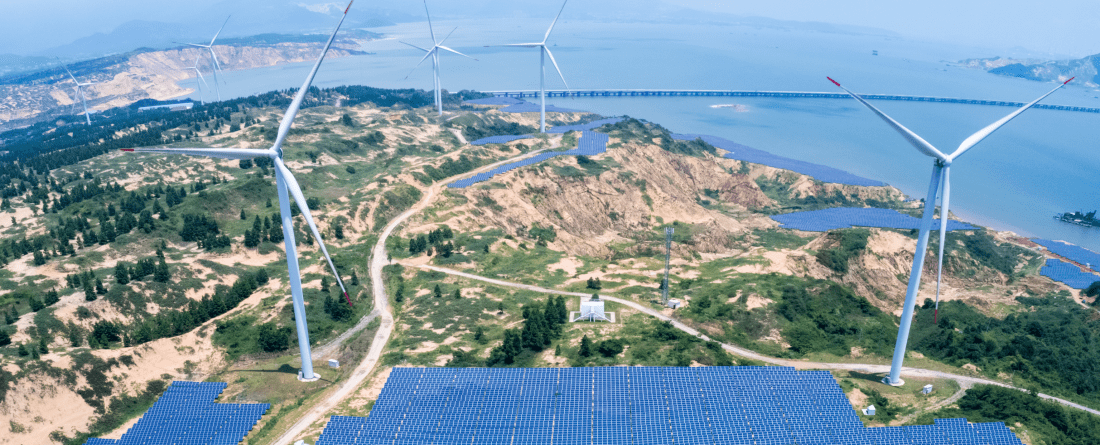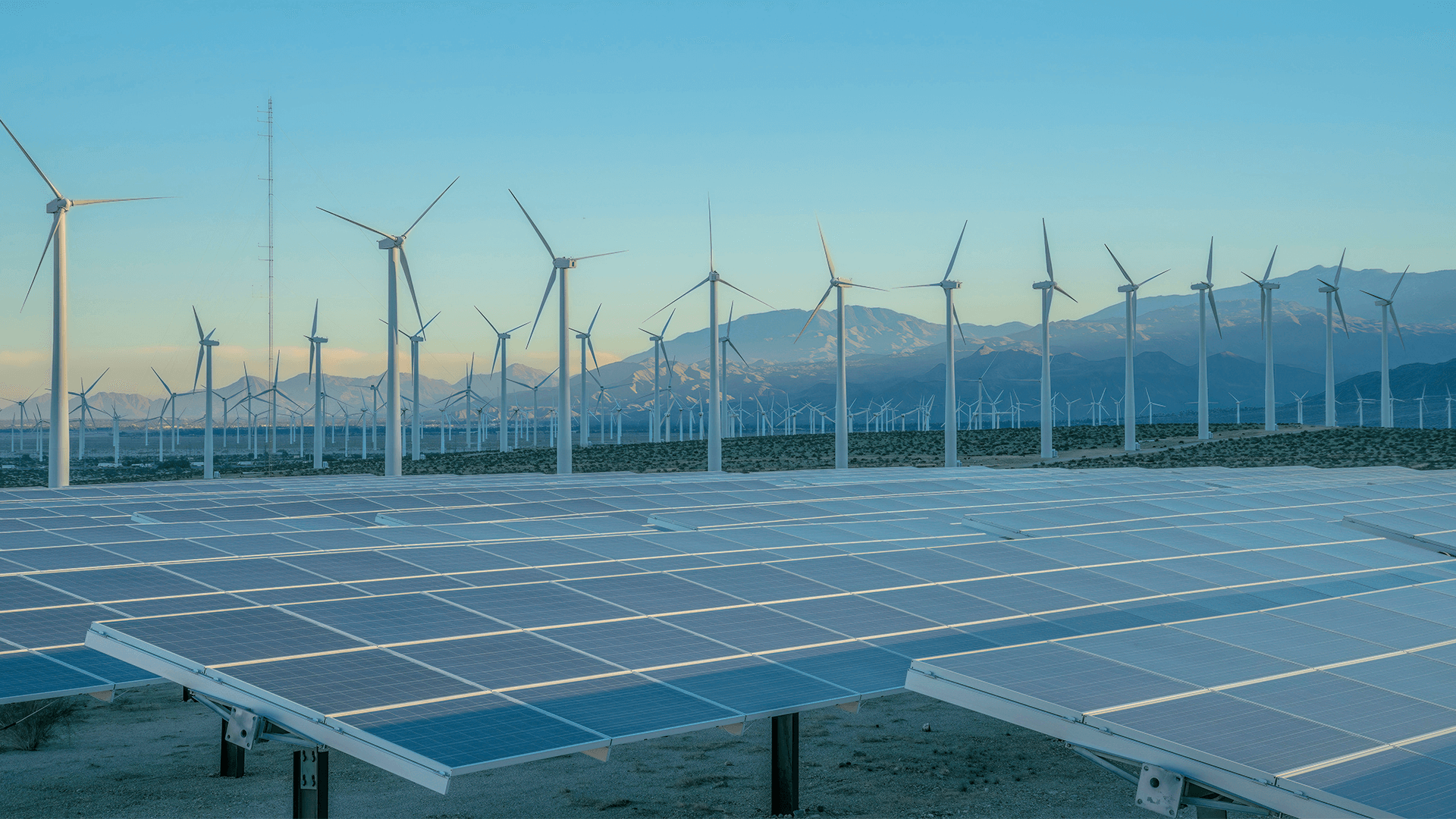
Enhanced methane reductions are possible through U.S. - China collaboration
New comprehensive report from seven organizations offers a new, multi-model analysis with methane mitigation potential in China and the U.S.
Near-term opportunities for methane mitigation and collaboration are revealed for inventory development, policies and standards, and technology deployment.
Sharm El Sheikh, November 15, 2022—Released today, a new multi-institution report offers the most comprehensive look to date at opportunities and challenges for methane mitigation in the U.S. and China, as well as opportunities for improving methane mitigation outcomes through collaborative activities and research. The new report—Roadmap for U.S.-China Methane Collaboration: Methane Emissions, Mitigation Potential, and Policies—was led by the Center for Global Sustainability (CGS) at the University of Maryland includes contributions from 20 co-authors across 7 collaborating organizations in China, the United States, and other countries, with broader engagement and input from other organizations.
Nearly one year since the historic US-China Joint Glasgow Declaration on Enhancing Climate Action in the 2020s was agreed to at COP26, this report comes at a vital time as it becomes increasingly clear that near-term action on methane—as a highly potent greenhouse gas—is critical to keep global climate goals within reach.
“The United States and China last year agreed on the importance of delivering rapid reductions on methane in both of our countries, and also embraced the importance of joint research and collaborations to enable our countries, and the world, to accelerate our pace of reductions to keep 1.5C within reach,” says Prof. Nathan Hultman, Director of the Center for Global Sustainability at the University of Maryland. “Today’s report comes at a critical moment for the world—demonstrating here at COP27 the strength of collaboration to provide a new locus for exchange innovation that can support near-term, higher-ambition outcomes.”
This new report highlights the need for collaboration between the two countries to reduce methane emissions and limit near-term warming. Ambitious actions by both countries to reduce methane will be needed to deliver the necessary reductions to support a high-ambition global outcome.
The report includes a deep discussion of challenges and opportunities in inventories, emissions reduction technologies and policies, and an assessment of overall potential methane emissions reduction outcomes. For example, with an all-of-society climate strategy from the United States—combining actions from the federal government with actions from states, cities, and businesses—the United States can potentially reduce its methane emissions by more than 30% below 2020 levels by 2030. In addition, new assessments from multiple modeling teams indicate that to support China’s goal for carbon neutrality by 2060, China’s methane emissions could be reduced by more than 30% by 2030, by 60% by 2050, and by 73% by 2060, compared to 2020 levels.
“Joint U.S. and China efforts to reduce methane emissions are key to limiting near-term warming, and as our paper highlights, can also improve local air quality and yield economic and health benefits," says Sha Yu, Co-Director of the China Program at the Center for Global Sustainability. “Co-benefits of methane mitigation—from air quality to public health to food security to operational safety to economic prosperity—are boundless in both countries.”
How can the U.S. and China accomplish methane reductions collaboratively?
Over half of the total technological methane abatement potential for both countries can be achieved by low-cost technologies, and of this half, 88% is contributed by the energy sector. Consequently, the oil and gas, and coal mine sectors should be the first and foremost focus for the U.S. and China to reduce methane emissions. In addition, both countries can reduce a comparatively large amount of methane emissions from the livestock and landfill sectors through technology deployment. However, more efforts are needed to improve technologies and reduce emissions activities.
Both countries have already established policy frameworks that have contributed to methane emissions reductions long before COP26. The U.S. relies more on regulatory policy instruments and more diversified economic incentives, while China primarily uses planning instruments and subsidies/tax exemptions for methane mitigation. The U.S. and China have paid close attention to the oil and gas and coal mine sectors, respectively.
“This new paper shows that though there are many opportunities for methane mitigation, there also are important policy gaps that need to be filled,” says CGS Postdoctoral Associate Mengye Zhu. “Our comprehensive review of policy opportunities finds that both countries should set more quantifiable targets for methane emissions reduction and pay more attention to sectors not adequately covered under existing policy frameworks, such as livestock enteric fermentation, rice cultivation, and abandoned coal mine methane.”
Today’s paper clearly shows that the U.S. and China have great potential to collaborate on methane mitigation. Through developing a circular economy, policy learning, and collaborations between subnational and non-state actors in the two countries, the two countries can not only reduce methane emissions but also improve the livelihoods of their people, environment, and economy.



